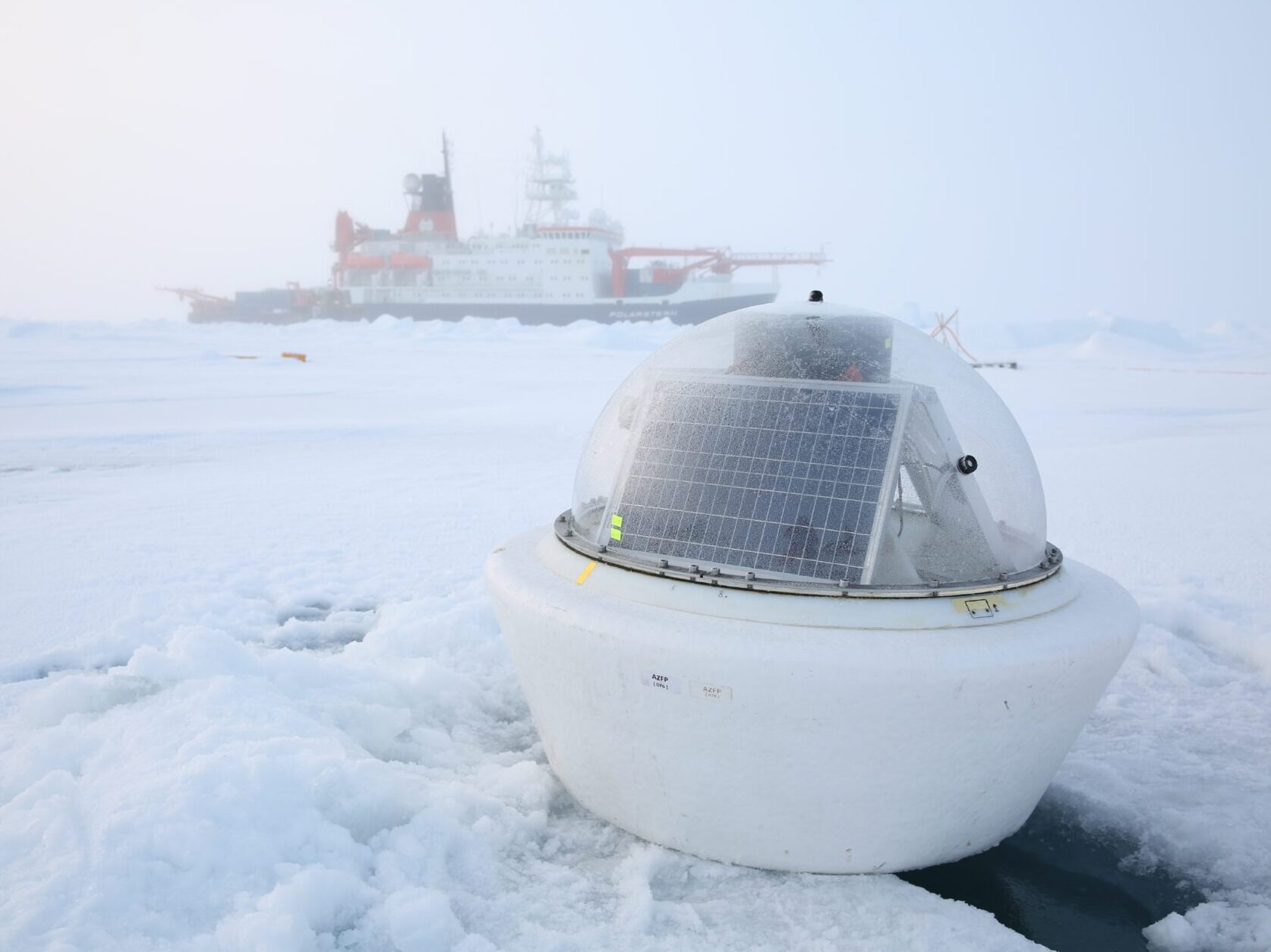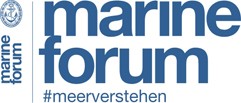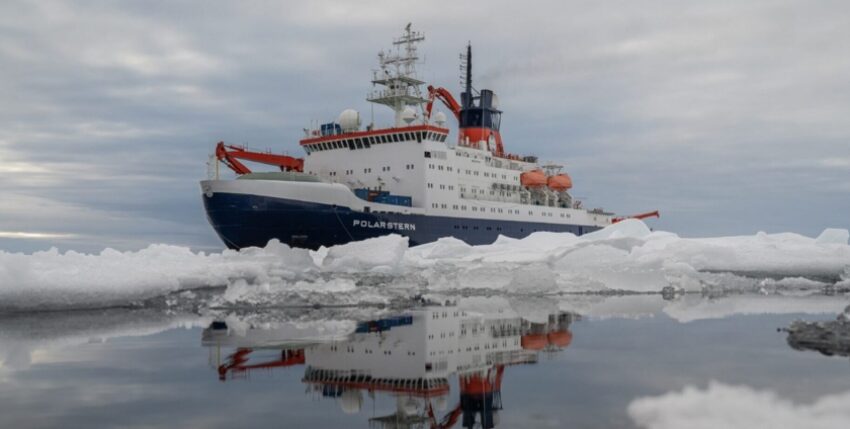An international research team from the Alfred Wegener Institute (AWI) is investigating the causes and interactions of melting sea ice in the Arctic Ocean on board the research icebreaker "Polarstern".
The "Polarstern" set off from Tromsø, Norway, on 2 July 2025 to analyse feedbacks between climate warming and sea ice retreat in the Arctic Ocean over the next two months. The investigations will focus on the differences in the melting of various types of sea ice, which represent past, present and future Arctic sea ice.
One-year-old sea ice, which formed last winter, often drifts in the sea ice marginal zone and is expected to dominate the Arctic of the future. Two-year-old sea ice, characteristic of the present, drifts over the polar ice cap with the transpolar drift before melting in the Fram Strait between Svalbard and north-east Greenland. Finally, the multi-year sea ice that has been drifting north of Greenland and Canada for years and originates from the so-called "last ice zone" north of Greenland and was still widespread decades ago.

With the expedition, called CONTRASTS, the team wants to deepen its understanding of the interactions between the ocean, atmosphere and sea ice, also in order to better assess possible future developments. The research team hopes to gain more precise insights into which sea ice survives the melting in summer and which does not, and what consequences this has.
The "Polarstern" is scheduled to return to its home port of Bremerhaven in October.
Further information:
The current position of the Polarstern can be tracked via a live camera: https://awi.panomax.com/180
In addition to the Polarstern app (https://follow-polarstern.awi.de/) there is an interactive CONTRASTS website with live recordings from the "Polarstern" and the three ice camps: https://data.meereisportal.de/relaunch/contrasts.
kdk, AWI










